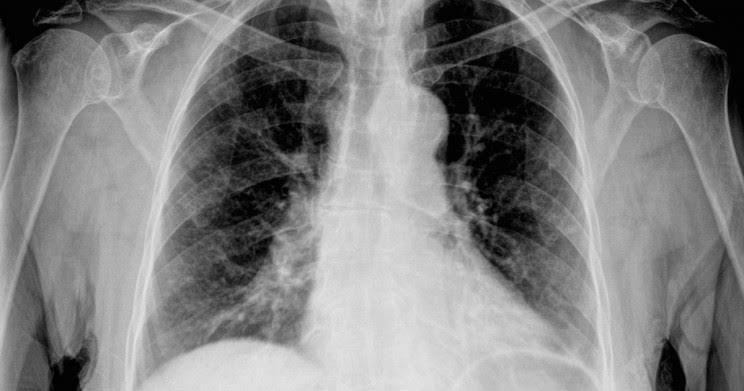Doctors must provide a “duty of care.” Law.com explains a professional must “act toward others and the public with the watchfulness, attention, caution, and prudence that a reasonable person in the circumstances would use. If a person’s actions do not meet this standard of care, then the acts are considered negligent, and any damages resulting may be claimed in a lawsuit for negligence.”
Doctors commit also commit “to do good and to do no harm” in their studies in bioethics. These vows and obligations do burden their art and science. They sometimes take risks, make mistakes, and violate their oaths.
Examples of medical malpractice:
- Failing to diagnose or misdiagnosing a condition
- Performing or recommending unnecessary treatment or surgery
- Making surgical errors
- Prescribing Improper medication dosage
- Disregarding patient history
- Failing to order proper testing
Unfortunately, nearly every medical decision carries some risk, and doctors do make mistakes that affect their patients in ways that cost them physically, financially, and emotionally.
3 keys to providing the necessary information to your attorney in a malpractice suit
If you are a victim of medical malpractice, you’ll need to perform some due diligence to help your attorney from firms like https://tittlelawfirm.com pursue your interests in a malpractice lawsuit.
- Proof of negligent care: Doctors must act with the skill and care expected of their profession, the medical standard of care. The doctor’s performance will be compared to other physicians in the same circumstances.
This means calling expert witnesses to testify about the expected or appropriate care. But, it also assumes you have provided your attorney with a detailed record of your doctor-patient relationship, what information you provided the doctor, and what pain, suffering, and financial loss you incurred from the negligence.
- Connect negligence to injury: It’s not easy for a non-professional to make the link between the medical negligence and the patient’s outcome. It’s not enough to prove your doctor made a mistake; you must show the doctor’s action or failure to act caused your condition to worsen or created some new injury and harm.
This, too, may mean calling on expert testimony, but as plaintiff, you owe your attorney as much detail as possible on conditions before and after the “care.” Your attorney will assess and measure the negligence involved, but the attorney needs your evidence of sub-standard care. It helps your malpractice suit when you can provide due diligence with records, test results, receipts, and more related detail.
- Measure the harm: Your malpractice attorney must prove you have suffered harm. But, the attorney needs your support in defining and determining the damages. Damages, of course, include the physical harm that follows the malpractice. Those damages may include additional pain, new physical problems, crippling effects, the cost of additional medical care, corrective treatments, and necessary therapies.
Damages also include the costs of making you whole again. There are the costs of past, current, and future medical treatments. There might be durable medical equipment, out-patient care, or additional hospitalization. For most accident victims, this means loss of work and wages, spousal consortium, and future earnings potential. Your attorney needs as much detail as you can gather with due diligence: records, receipts, pay stubs; and more.
Due diligence
According to the (ABPLA) American Board of Professional Liability Attorneys, “To pursue a medical malpractice claim, the patient must show that the injury resulted in disability, loss of income, unusual pain, suffering, and hardship, or significant past and future medical bills.”
And, that evidence starts with your due diligence.
















